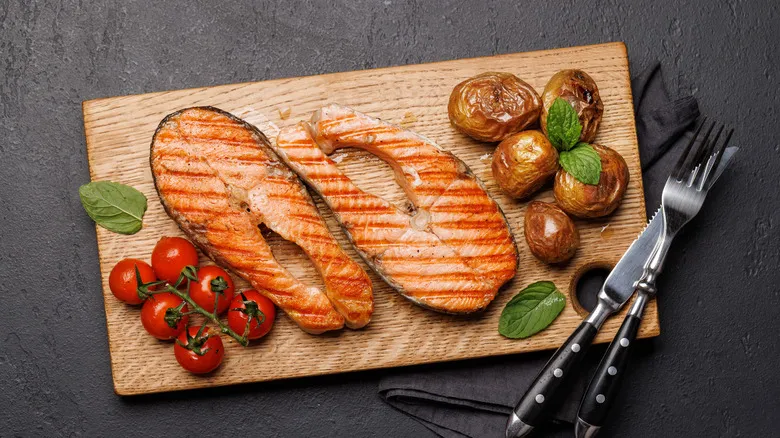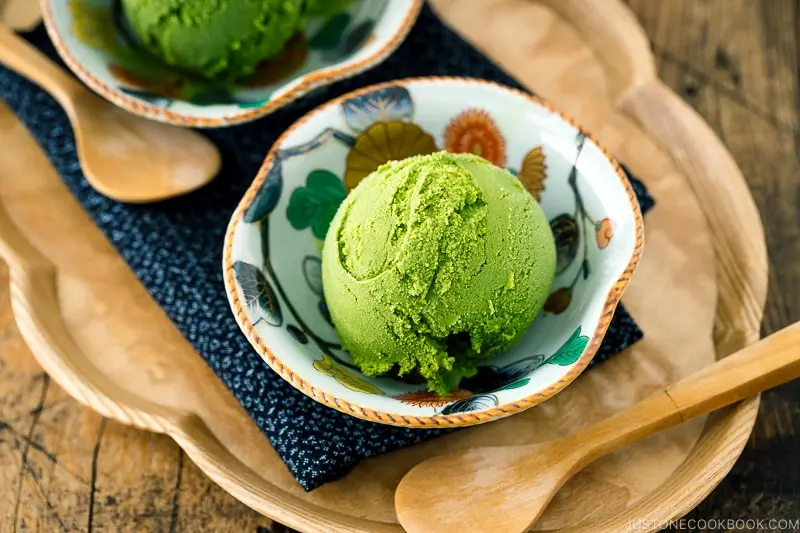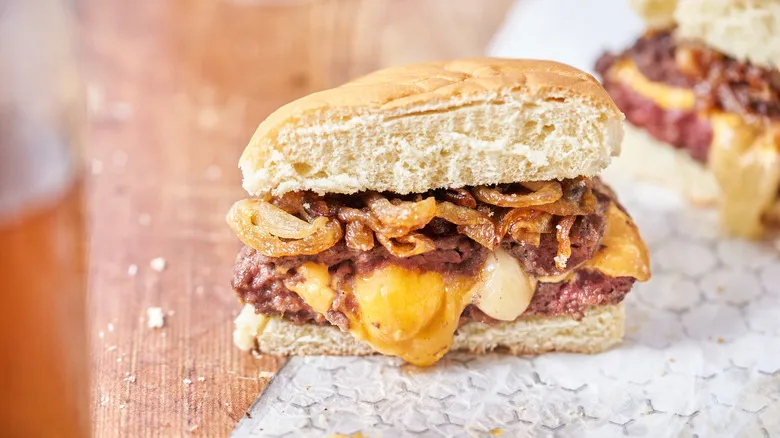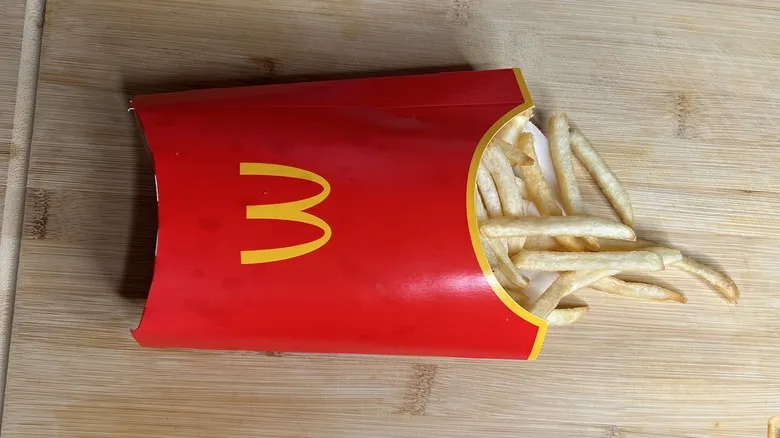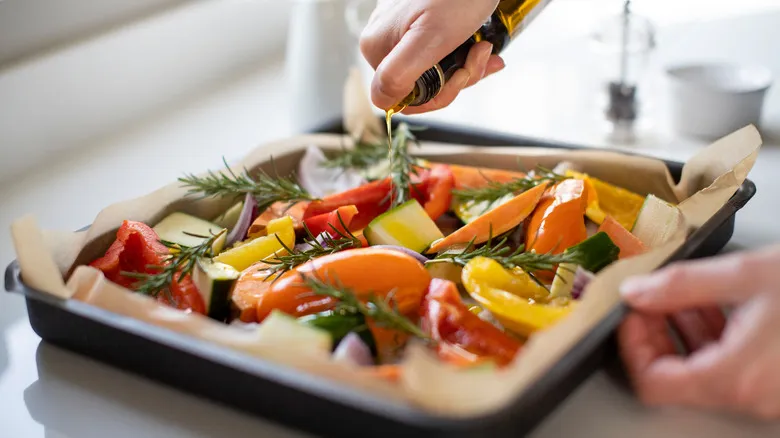Preparing grilled salmon the right way
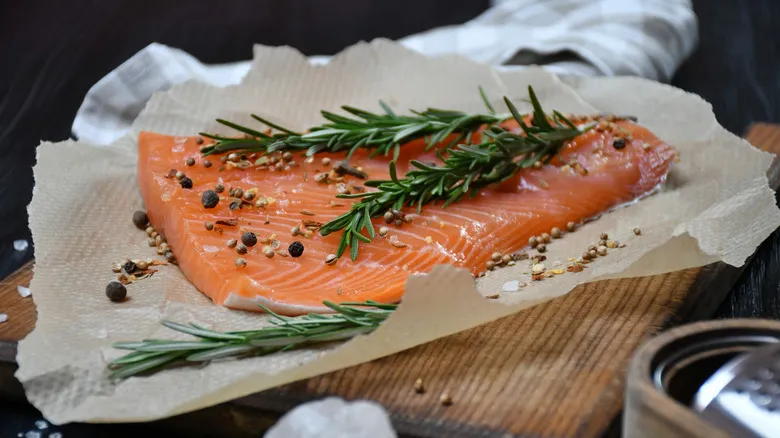
When grilling salmon, it's essential to begin with a high-quality, fresh piece of fish. Opting for frozen or bargain-bin salmon can put you at a disadvantage. "Using wild-caught salmon will elevate even the simplest grilled dish," advises Chef Taylor Hester. Strive to select the freshest options within your budget at the grocery store, as they will maintain their integrity on the grill and offer superior flavor. Many enthusiasts believe that thick center cuts of salmon are ideal for grilling.
Next, prepare the fish for grilling. Keep the skin on: removing it is a common mistake when cooking salmon. The skin not only helps the fish stay intact during grilling but also becomes deliciously charred and crispy. Then, season the salmon. A straightforward mix of salt, pepper, and oil is often regarded as the best way to season salmon, but you can certainly get more creative. "Consider brining or using a dry rub beforehand to enhance the fish's flavor," suggests Hester. If you're feeling adventurous, think about adding seasonings like dill or curry to elevate your salmon. A wet or dry brine for 15 minutes to several hours (or even overnight) can help draw out the albumin, or "white ooze," that some people find unappealing. Many prefer wet brining, as it adds moisture to the fish.
The side you should start with when grilling salmon
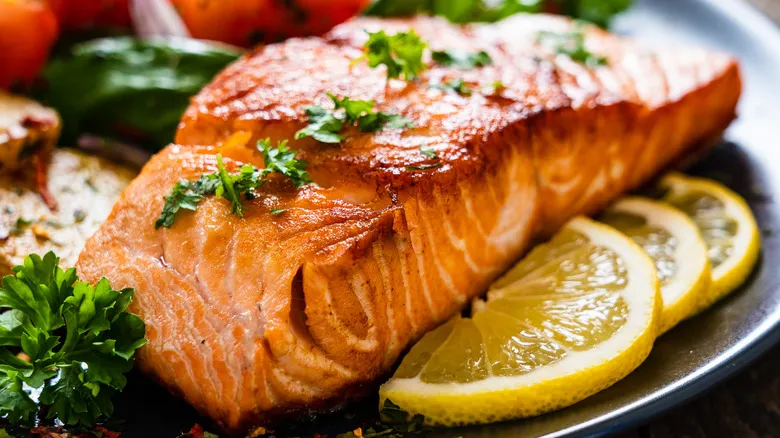
Ultimately, Chef Taylor Hester recommends beginning with the salmon skin-side down, a standard approach for grilling most fish. Just ensure your grill is clean, preheated, and oiled before you start. "Grilling skin-side down initially can safeguard the fish during cooking while helping it retain moisture," he explains. This technique serves multiple purposes. Firstly, the resilient skin aids the delicate fish in maintaining its shape. By placing it skin-side down on the grill (or in the pan), the tougher skin acts as an insulator, allowing the flesh to cook evenly while still receiving heat. When it’s time to flip, the flesh side only requires a couple of minutes of cooking, ensuring it remains tender. Additionally, you’ll achieve beautifully crispy skin.
However, not everyone is on board with this method. Camryn Teder from Chowhound points out that some chefs challenge traditional practices and advocate for grilling salmon flesh-side down first. Salmon only begins to flake once it’s fully cooked, so placing firm, raw salmon flesh on the grill and flipping it to the skin-side before it’s done can minimize the risk of the flesh sticking to the grill. (Of course, pre-oiling the grill can also help with this issue.) If the grill is sufficiently hot, you’ll also achieve those desirable sear marks that won’t develop with just a brief cooking time in the opposite direction.
Recommended

Why Aren't You Marinating Your Hot Dogs?
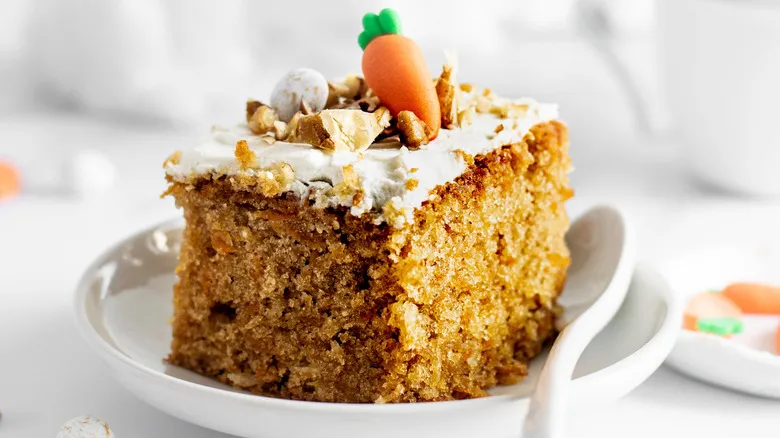
13 Tips You Need When Baking The Perfect Carrot Cake
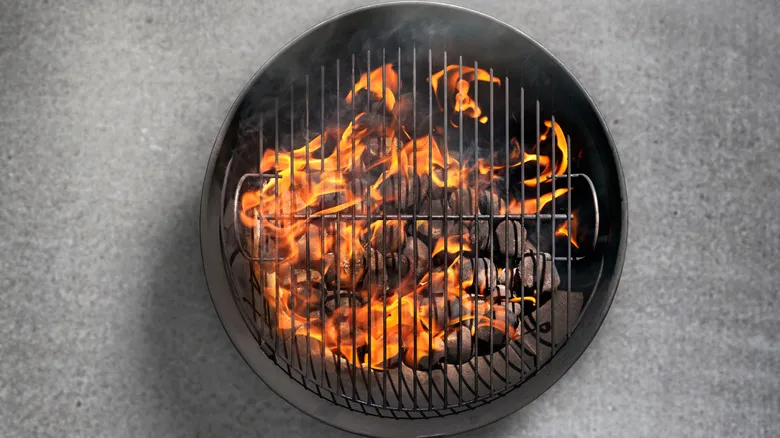
How To Oil Your Grill Grates Correctly And Avoid A Fiery Flare-Up
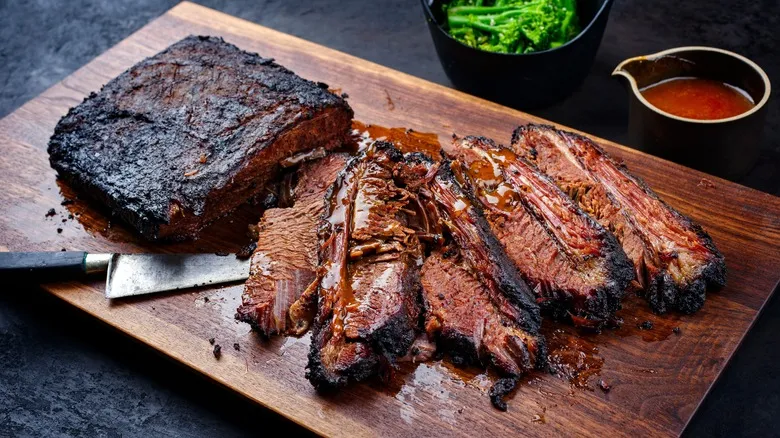
The Crucial Mistake You're Probably Making When Smoking Brisket
Next up

